An input/output device, often known as an IO device, is any hardware that allows a human operator or other systems to interface with a computer.
Input/output devices, as the name implies, are capable of delivering data (output) to and receiving data from a computer (input).
An input/output (I/O) device is a piece of hardware that can take, output, or process data. It receives data as input and provides it to a computer, as well as sends computer data to storage media as a storage output.
There are many IO Devices available, some of them are:
Input Devices
Keyboard
The keyboard is the most frequent and widely used input device for entering data into a computer. Although there are some additional keys for performing other operations, the keyboard layout is similar to that of a typical typewriter.
Generally, keyboards come in two sizes: 84 keys or 101/102 keys, but currently keyboards with 104 keys or 108 keys are also available for Windows and the Internet.
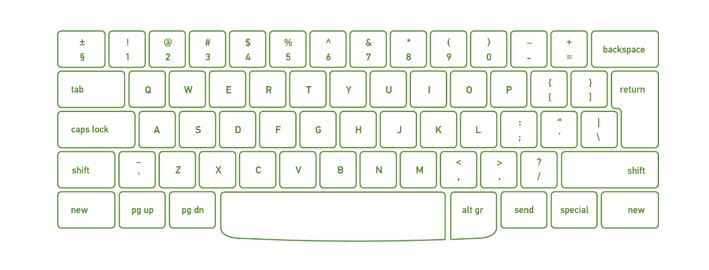
Mouse
The most common pointing device is the mouse. The mouse is used to move a little cursor across the screen while clicking and dragging. The cursor will stop if you let go of the mouse. The computer is dependent on you to move the mouse; it won’t move by itself. As a result, it’s an input device.
A mouse is an input device that lets you move the mouse on a flat surface to control the coordinates and movement of the on-screen cursor/pointer.
The left mouse button can be used to select or move items, while the right mouse button when clicked displays extra menus.

Joystick
A joystick is a pointing device that is used to move the cursor on a computer screen. A spherical ball is attached to both the bottom and top ends of the stick. In a socket, the lower spherical ball slides. You can move the joystick in all four directions.
The joystick’s function is comparable to that of a mouse. It is primarily used in CAD (Computer-Aided Design) and playing video games on the computer.
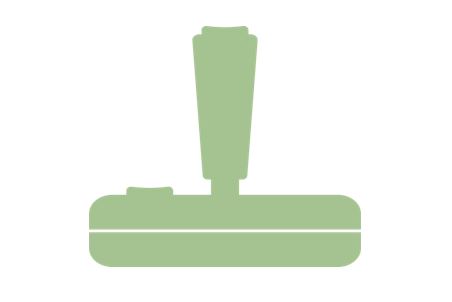
Light Pen
A light pen is a type of pointing device that looks like a pen. It can be used to select a menu item or to draw on the monitor screen. A photocell and an optical system are enclosed in a tiny tube.
When the tip of a light pen is moved across a monitor screen while the pen button is pushed, the photocell sensor element identifies the screen location and provides a signal to the CPU.
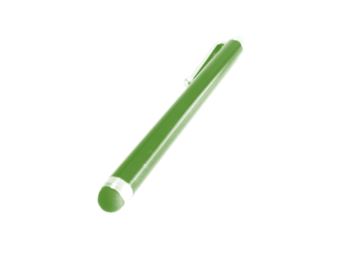
Scanner
A scanner is an input device that functions similarly to a photocopier. It’s employed when there’s information on paper that needs to be transferred to the computer’s hard disc for subsequent manipulation.
Scanner collects images from the source and converts them to a digital format that may be saved on a disc. Before they are printed, these images can be modified.
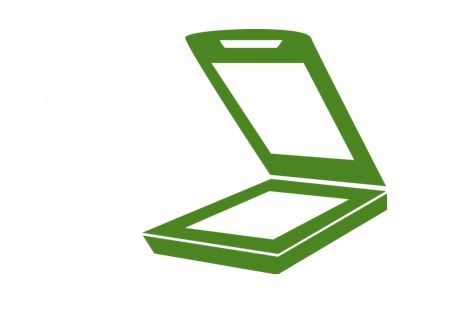
OCR
OCR stands for optical character recognition, and it is a device that reads printed text. OCR optically scans the text, character by character, turns it into a machine-readable code, and saves it to the system memory.
Bar Code Reader
A bar code reader is a device that reads data that is bar-coded (data that is represented by light and dark lines).
Bar-coded data is commonly used to mark things, number books, and so on. It could be a handheld scanner or part of a stationary scanner.
A bar code reader scans a bar code image, converts it to an alphanumeric value, and then sends it to the computer to which it is connected.
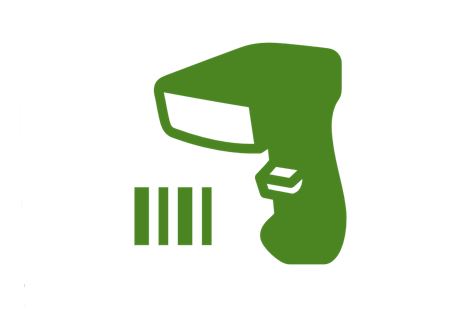
Web Camera
Because it records a video image of the scene in front of it, a webcam is an input device. It is either built inside the computer (for example, a laptop) or attached through a USB connection.
A webcam is a computer-connected tiny digital video camera. It’s also known as a web camera because it can take images and record video. These cameras come with software that must be installed on the computer in order to broadcast video in real-time over the Internet. It can shoot images and HD videos, however, the video quality isn’t as good as other cameras (In Mobiles or other devices or normal cameras).

Output Devices
Monitor
Monitors, also known as Visual Display Units (VDUs), are a computer’s primary output device. It creates images by arranging small dots, known as pixels, in a rectangular pattern. The amount of pixels determines the image’s sharpness.
The two kinds of viewing screen used for monitors are:
(1) Cathode-Ray Tube (CRT): Pixels are minuscule visual elements that make up a CRT display. The higher the image quality or resolution, the smaller the pixels.
(2) Flat-Panel Display Cathode-Ray Tube Monitor: In comparison to the CRT, a flat-panel display is a type of video display with less volume, weight, and power consumption. They can be hung on the wall or worn on the wrist.
Flat-panel displays are currently used in calculators, video games, monitors, laptop computers, and graphical displays.

Printer
Printers are output devices that allow you to print information on paper.
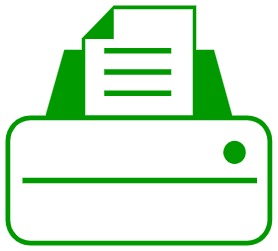
There are two types of printers:
(a) Impact Printer:
Characters are printed on the ribbon, which is subsequently crushed against the paper, in impact printers. The following are the characteristics of impact printers:
- Exceptionally low consumable cost.
- Quite noisy
- Because of its low cost, it is ideal for large-scale printing.
- To create an image, there is physical contact with the paper.
(b) Non-Impact Printers:
Characters are printed without the need for a ribbon in non-impact printers. Because these printers print a full page at a time, they’re also known as Page Printers. The following are the characteristics of non-impact printers:
- Faster
- They don’t make a lot of noise.
- Excellent quality
- Supports a variety of typefaces and character sizes
